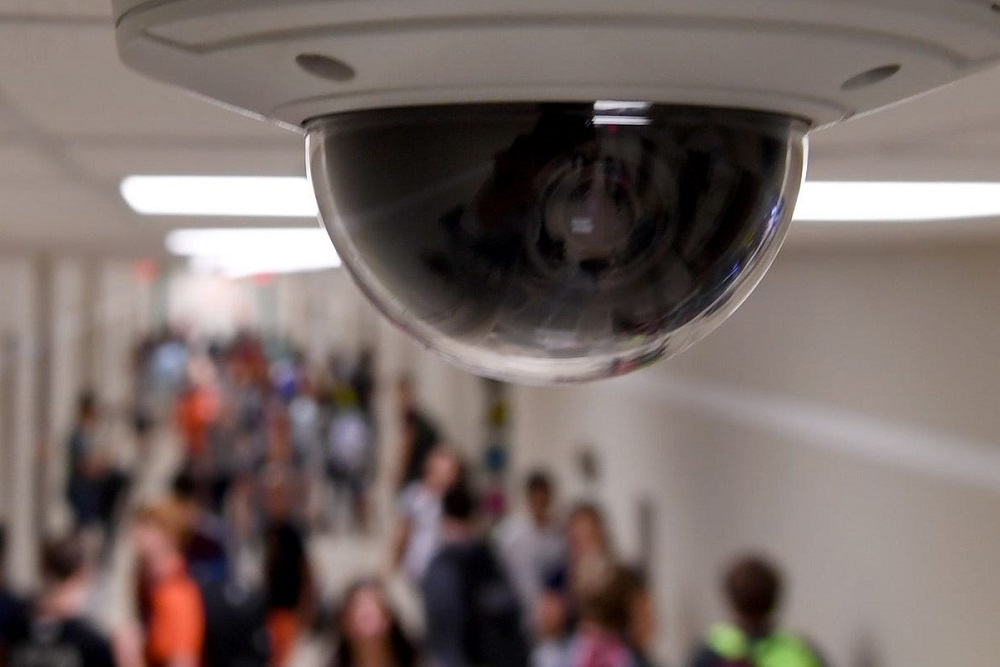Lockport High School in Lockport, New York has adopted the use of facial recognition technology to support its security measures. This move has led to significant concern and privacy worries amongst parents, activists, and critics.
While some teachers have voiced support for the facial recognition technology as a tool with the potentials to help them, others have criticized the use of the technology.
Facial recognition is a technology that uses statistical measurements of people’s facial features to identify them in photos, videos, or real-time digitally.
The Lockport facial recognition scuffle has existed for nearly two years. The school district initially announced its plans to install a facial recognition security system called Aegis in March 2018.
However, when administrators wanted to do a test run last May, the State Education Department told them to hold off, partly in response to mounting public concerns over student privacy.
The state wanted Lockport to make sure that students’ data would be adequately protected and demanded a policy that would forbid the use of student data, including their photos.
In June 2019, Lockport officials said they had adjusted their policies, and they began testing parts of the system. By late November, the State Education Department said the district’s revised policy addressed its concerns.
In January, the school board unanimously approved the latest policy revision, allowing for the use of the software in public schools.
Critics against the use of facial recognition software
Critics and activists have raised ethical concerns over the use of facial recognition software when it comes to minors and how these stored images could end up in the wrong hands, in addition to the infringement of citizens’ rights to privacy.
Most notable of individuals protesting against the adoption of facial recognition software is Jim Shultz, who tried to prevent the implementation of the Lockport district’s facial recognition.
He reportedly did everything possible to prevent the installation of the software in public schools. He posted about the issue in a Facebook group called Lockportians. He wrote an Op-Ed in The New York Times, and also filed a petition with the superintendent of the district.
Mr Shultz argued that the concerns about facial recognition, namely privacy, accuracy, and racial concern, are even more worrisome when it comes to children.
Stefanie Coyle, deputy director of the Education Policy Center for the New York Civil Liberties Union, also spoke against the use of facial recognition software in schools.
Stefanie noted:
Subjecting 5-year-olds to this technology will not make anyone safer, and we can’t allow invasive surveillance to become the norm in our public spaces.
According to her reminding people of their greatest fears is a disappointing tactic, it also shows that this new initiative is discriminatory, unethical, and certainly not secure.
Persons of interest
Robert LiPuma, the district’s technology director, said, the software looks at the faces captured by the hundreds of cameras and calculates whether those faces match a “persons of interest” list made by school administrators.
He explained that if the software detects a person on the list, the Aegis system sends an alert to security personnel in the area.
Steven Abbott, chief superintendent of the Lockport Police Department, said the software would also scan for guns.
According to him, if a human monitor confirmed a gun that Aegis had detected, an alert would automatically go to both administrators and the Police Department.
Chief Abbott added that if the Aegis system sent an alert to the department, and the police could not reach anyone at the school to confirm the threat, it would be treated as a live situation.







